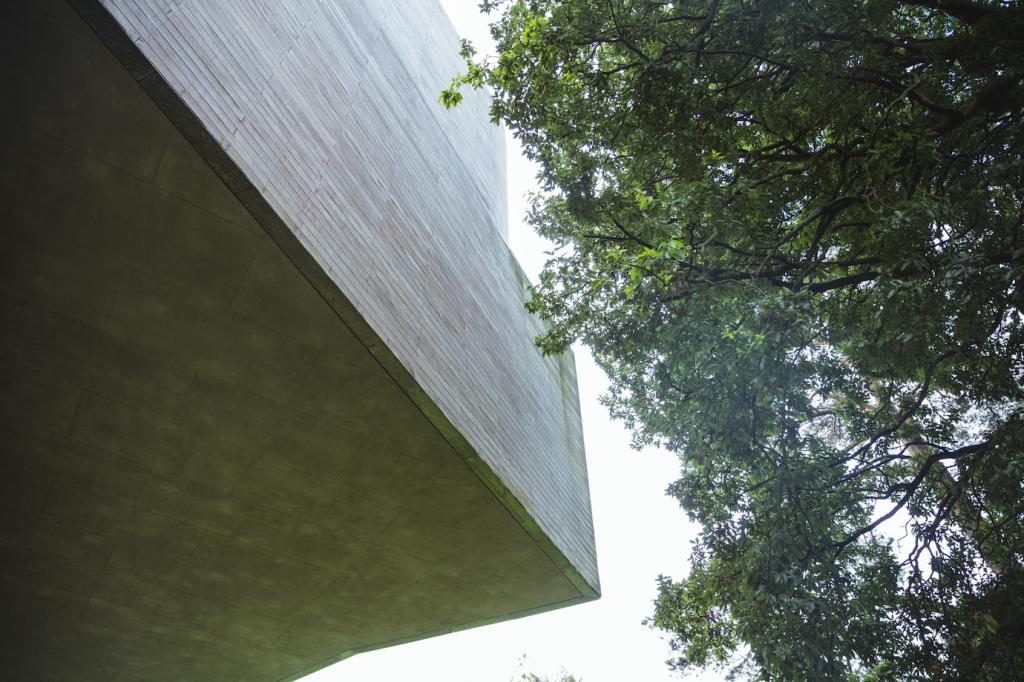Climate, Light, and Air: The Invisible Guardians
Aim for 40–55% relative humidity and steady temperatures. Use humidifiers in winter, dehumidifiers in sticky summers, and avoid attics or damp basements. Wood expands and contracts slowly—keep swings gentle to avoid split joints.
Climate, Light, and Air: The Invisible Guardians
Install UV-filter film, draw sheers during peak hours, and rotate pieces and tabletop decor to even out exposure. One family’s mahogany chest kept its depth after they switched to UV-safe window treatments and LED lighting.
Climate, Light, and Air: The Invisible Guardians
Dust is abrasive. Use a HEPA vacuum with a soft brush on floors and drapes, change filters regularly, and dust furniture weekly. Cleaner air settles less, reducing micro-scratches that dull finishes over time.





